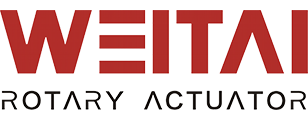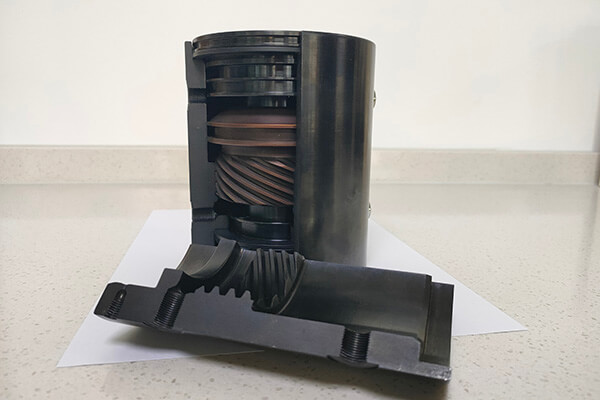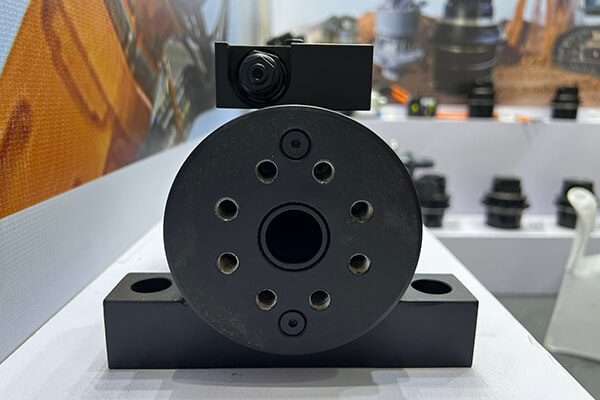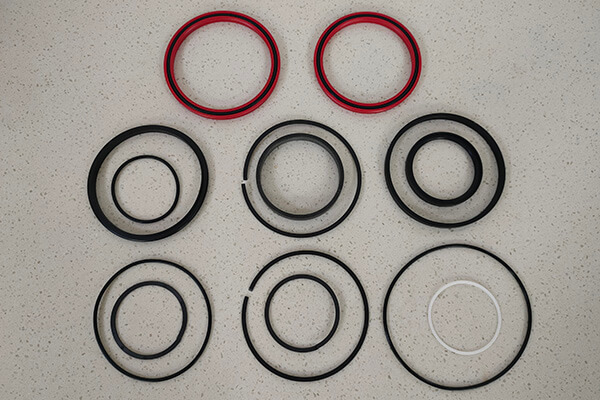A high quality hydraulic rotary actuator is essential to improve the work efficiency of the machine and to reduce the cost of the project. However, how to choose a high quality hydraulic rotary actuator is a complex question. It involves considering several key factors to ensure optimal performance, reliability, and longevity. Now, let’s dive into to check these factors.
Key Factors to Choose a High Quality Hydraulic Rotary Actuator
1. Application Requirements
Conduct a thorough analysis of your application’s specific needs, taking into account factors such as the type of load being controlled (e.g., rotary valves, gates, or machinery), required torque and speed profiles, operating environment (indoor/outdoor, clean/dirty, hazardous), and regulatory compliance (e.g., industry standards, safety regulations).
2. Performance Specifications
Ensure that the actuator’s performance specifications align closely with the demands of your application. Consider not only the nominal torque and speed ratings but also factors such as peak torque capabilities, response time, and accuracy.
Look for actuators with adjustable settings or variable control options to accommodate varying operating conditions and performance requirements.
3. Durability and Reliability
Evaluate the actuator’s construction and design features to assess its durability and reliability under real-world operating conditions. Look for robust construction, precision machining, and quality craftsmanship to minimize the risk of premature failure.
Consider factors such as environmental protection (IP rating), resistance to shock and vibration, and compliance with industry standards (e.g., ISO, DIN, ANSI) to ensure long-term reliability in challenging environments.
4. Manufacturer Reputation and Support
Research the reputation and industry standing of the hydraulic rotary actuator manufacturer, considering factors such as years of experience, customer testimonials, and market presence. Choose a manufacturer with a proven track record of delivering high-quality products and reliable customer support.
Look for manufacturers that offer comprehensive technical assistance, application engineering support, and aftermarket services such as spare parts availability, repair, and maintenance training to maximize the lifecycle value of your investment.
5. Mounting and Integration
Assess the actuator’s mounting options and compatibility with existing equipment or machinery. Look for versatile mounting configurations and standardized interfaces to simplify installation and minimize retrofitting costs.
Verify that the actuator’s dimensions, mounting hole patterns, and shaft specifications align with your application’s requirements, ensuring seamless integration and optimal performance.
6. Control Options
Explore the available control options and interface compatibility to determine the most suitable control method for your application. Consider factors such as control signal compatibility (analog, digital), communication protocols (e.g., Modbus, Profibus), and integration with existing control systems (PLC, DCS).
Evaluate the actuator’s responsiveness, accuracy, and repeatability under various control scenarios to ensure precise motion control and system performance.
7. Sealing Technology
Investigate the sealing technology used in the actuator, paying attention to factors such as seal material, design configuration, and sealing integrity. High-quality seals with excellent resistance to hydraulic fluids, temperature extremes, and mechanical wear are essential for preventing leaks and maintaining system efficiency.
Consider advanced sealing features such as redundant seals, low-friction coatings, and self-adjusting designs to enhance reliability and minimize maintenance requirements.
8. Maintenance Cost
Understand the maintenance and upkeep requirements of hydraulic rotary actuators, including replacing seals, cleaning, etc. Choosing one that is easy to maintain can reduce subsequent maintenance costs and extend service life.
First of all, you should understand the maintenance cycle and content of the hydraulic rotary actuator. This includes regular replacement of hydraulic oil, cleaning of oil lines and cylinder interiors, inspection of mechanical interfaces and electrical systems, etc. Hydraulic oil will contain dirt and impurities after being used for some time. Regular replacement can ensure the normal operation of the actuator. At the same time, regular cleaning of the oil pipeline and the inside of the actuator can effectively avoid pipeline blockage and actuator damage.
Secondly, pay attention to the lubrication condition of the actuator. Frequent lubrication of the connecting parts can prevent corrosion or abnormal wear in an oil-free state. This helps keep the cylinder in good working order and extends its service life.
In addition, regular inspection of the sealing performance of the actuator is also very important. Sealing performance directly affects the leakage and contamination of the cylinder. Check whether the seals are intact and replace worn or damaged seals in time to ensure the sealing performance of the actuator.
9. Cost-effectiveness
Take a holistic approach to evaluating the total cost of ownership (TCO) of the actuator over its entire lifecycle, considering not only the initial purchase price but also factors such as installation costs, ongoing maintenance expenses, energy consumption, and expected service life.
Conduct a thorough cost-benefit analysis to weigh the upfront investment against long-term performance, reliability, and operational efficiency. Avoid solely focusing on the lowest upfront cost, as it may lead to higher expenses and downtime due to inferior quality or inadequate performance in the long run.
Conclusion
By incorporating these enriched considerations into your selection process, you can make a well-informed decision and choose a high-quality hydraulic rotary actuator that meets your application’s needs, delivers reliable performance, and offers long-term value.



